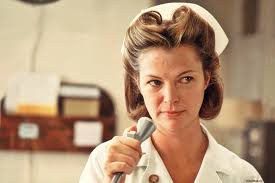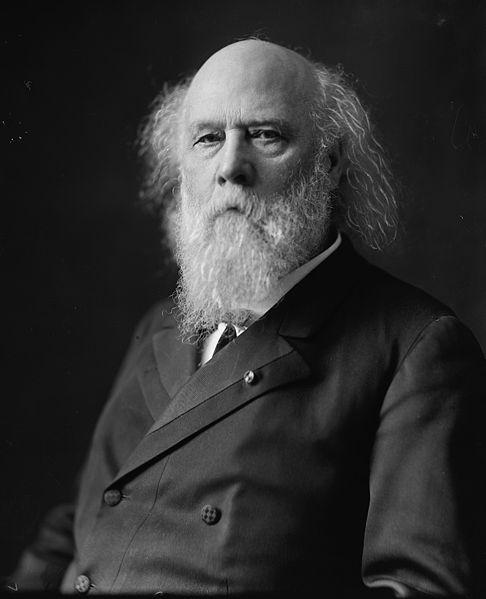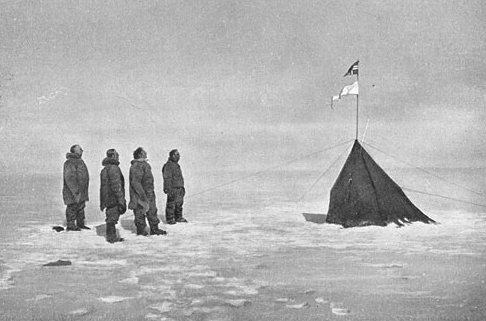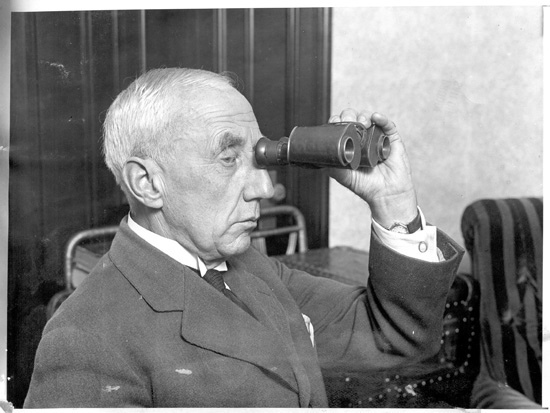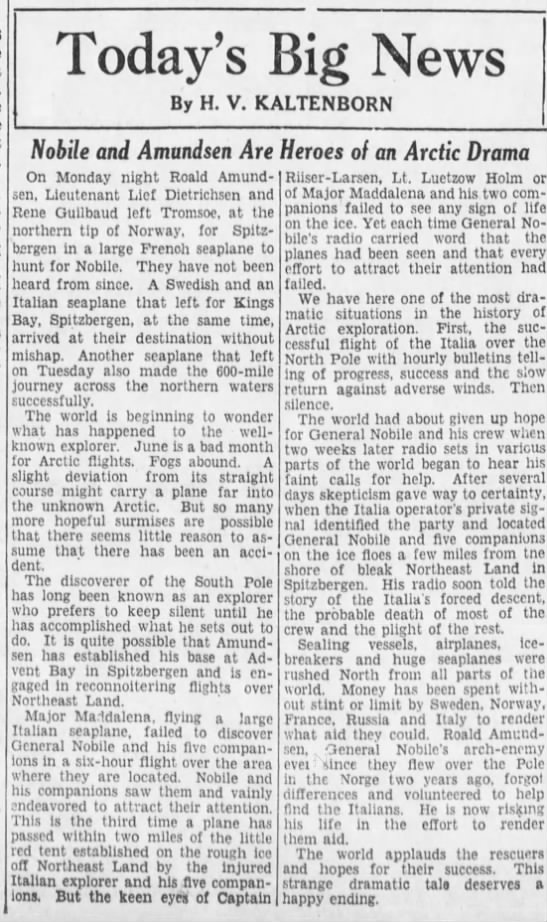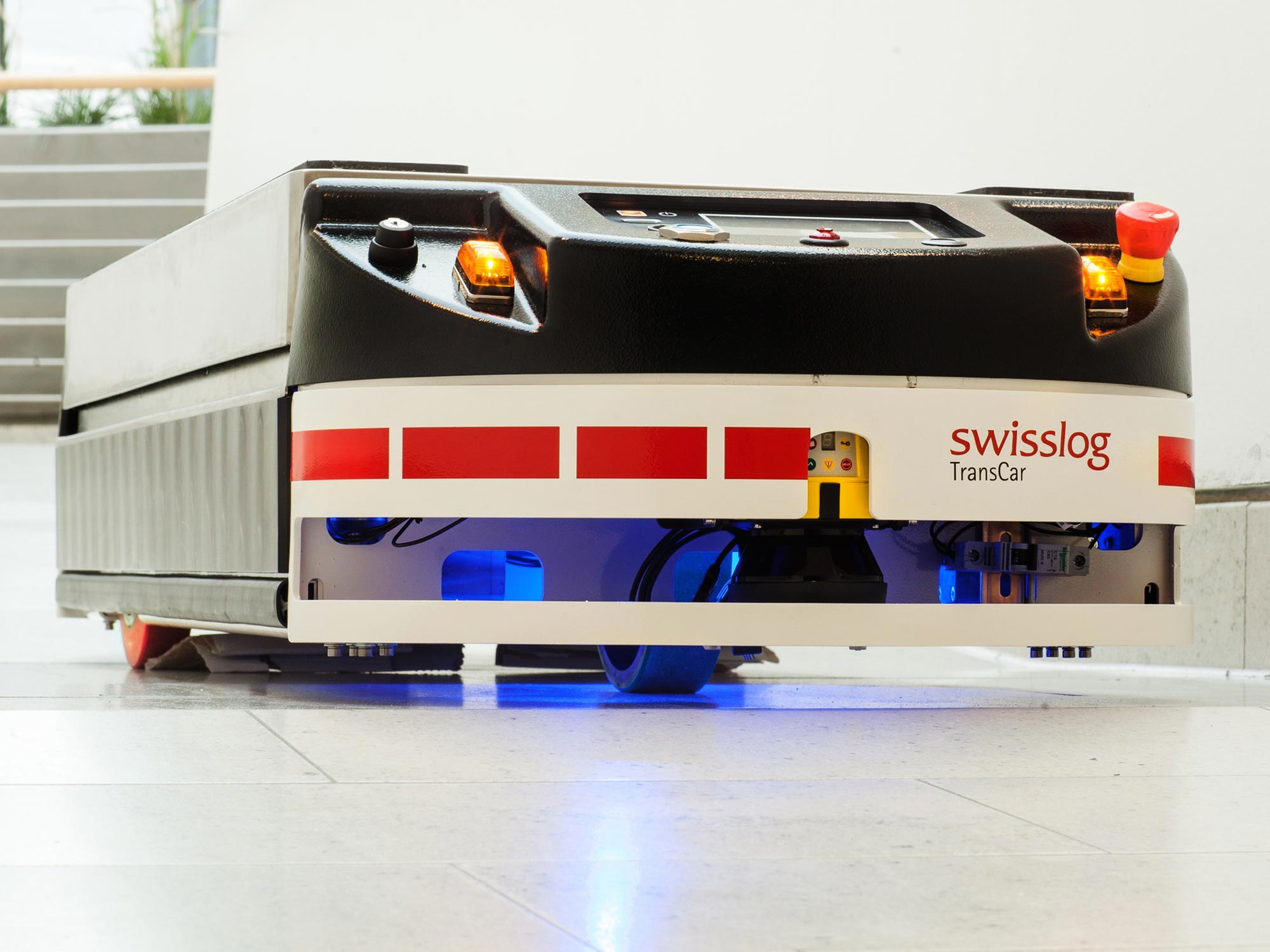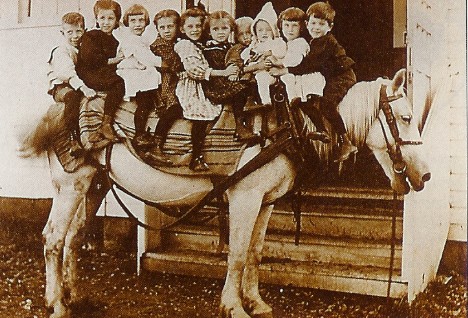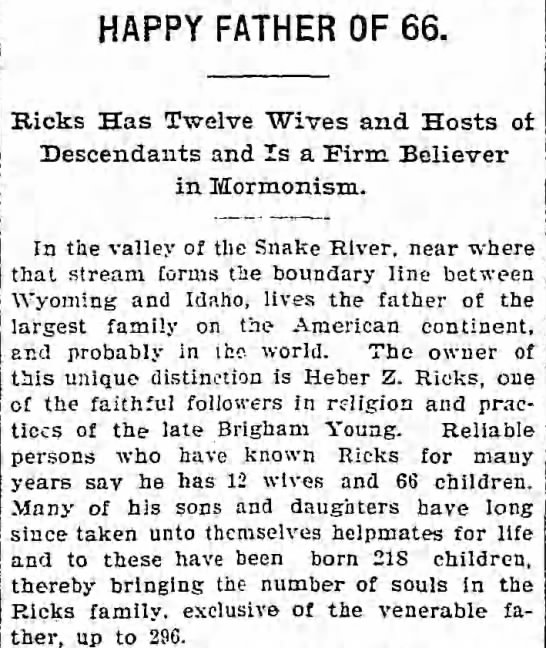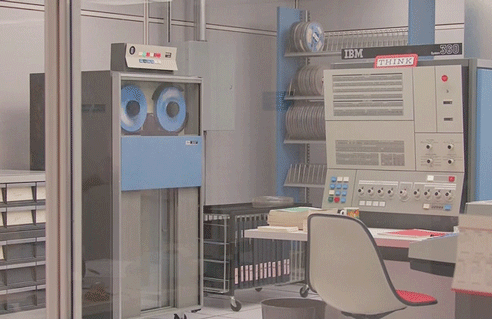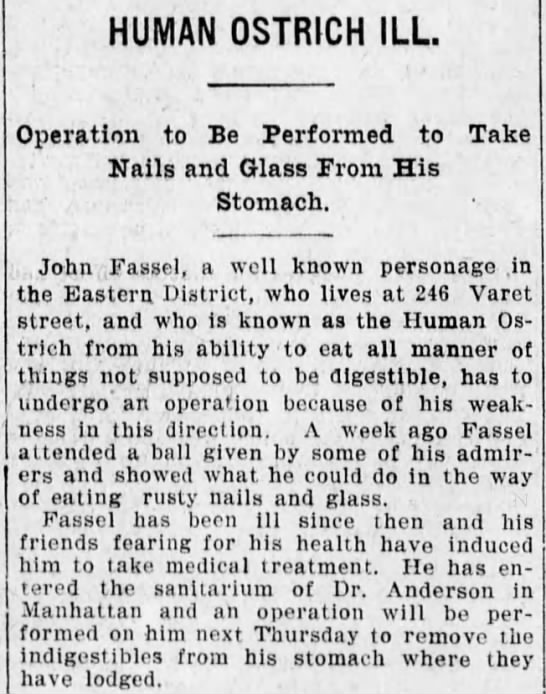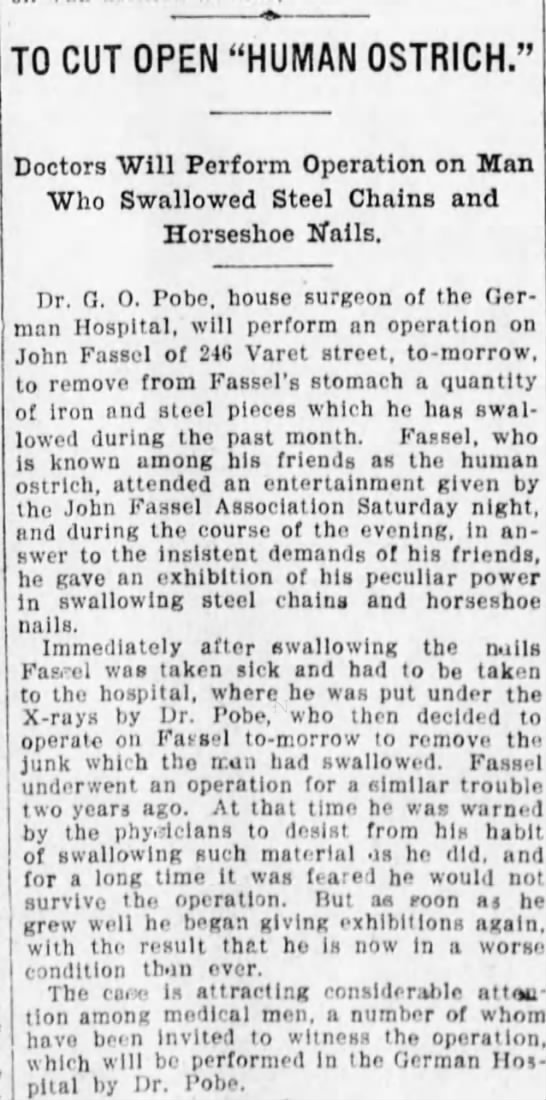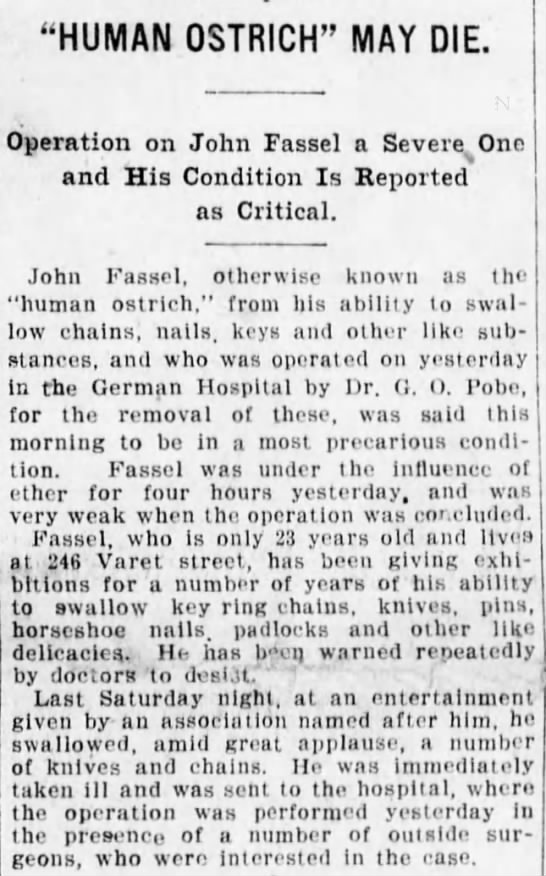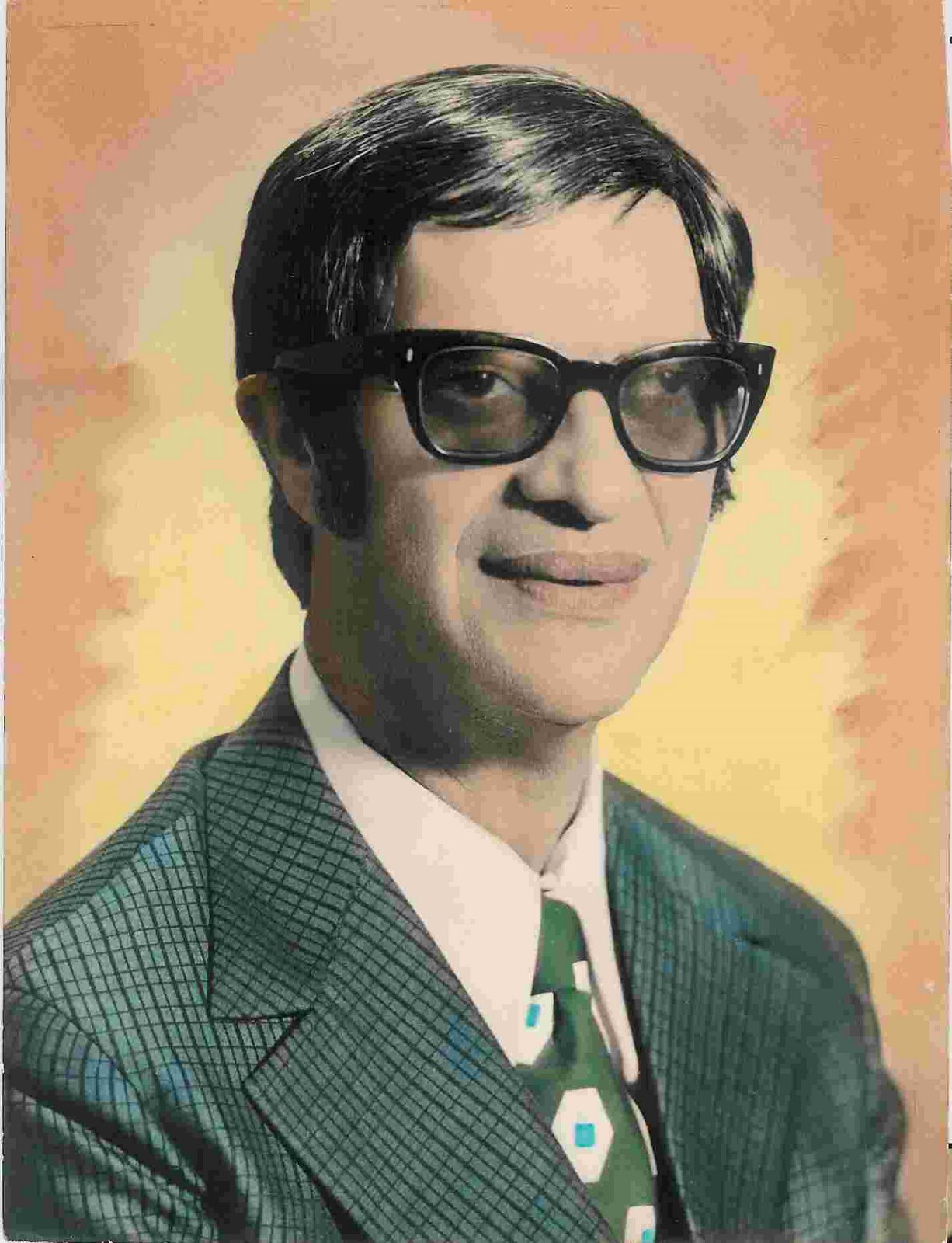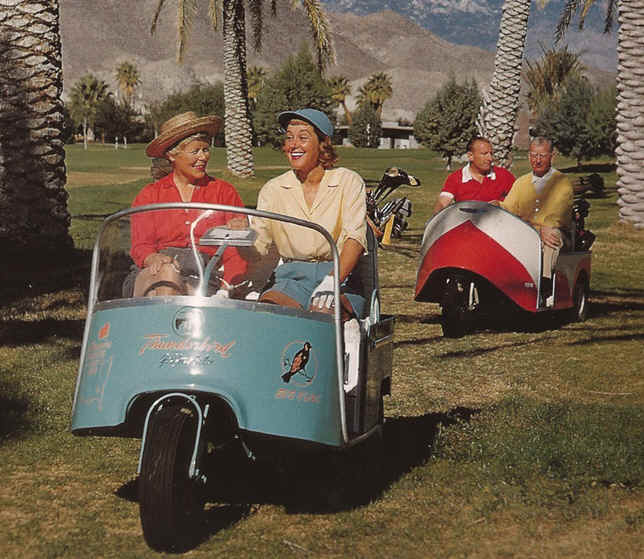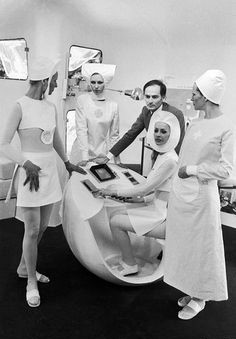In China, the leading cause of death is now cancer (and the mortality rate from the disease considerably higher than the world average), so you’d think the government would have its hands full with that issue. But they still have time to be concerned about “funeral strippers,” an admittedly strange lure to draw mourners to a service. There’s an official crackdown on the practice. From Te-Ping Chen and Josh Chin at WSJ:
In China, friends and family of the deceased may have to do without a special form of funereal entertainment: strippers.
According to a statement from the Ministry of Culture on Thursday, the government plans to work closely with the police to eliminate such performances, which are held with the goal of drawing more mourners.
Pictures of a funeral in the city of Handan in northern Hebei province last month showed a dancer removing her bra as assembled parents and children watched. They were widely circulated online, prompting much opprobrium. In its Thursday statement, the Ministry of Culture cited “obscene” performances in the eastern Chinese province of Jiangsu, as well as in Handan, and pledged to crack down on such lascivious last rites.
In the Handan incident earlier this year, the ministry said, six performers had arrived to offer an erotic dance at the funeral of an elderly resident. Investigators were dispatched and the performance was found to have violated public security regulations, with the person responsible for the performing troupe in question detained administratively for 15 days and fined 70,000 yuan (about $11,300), the statement said. The government condemned such performances for corrupting the social atmosphere.•




